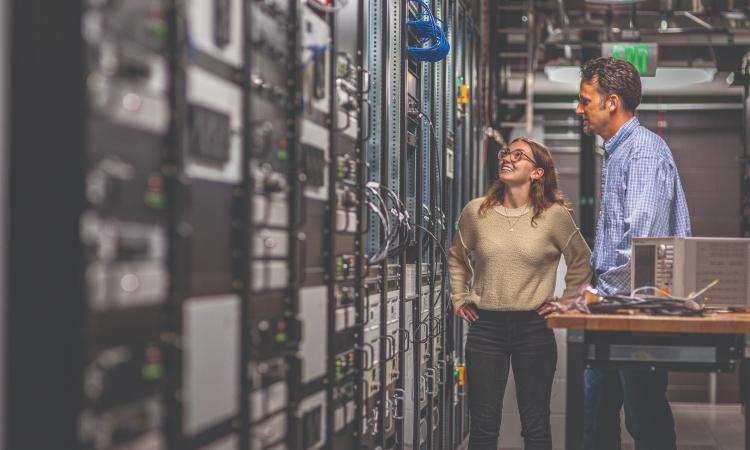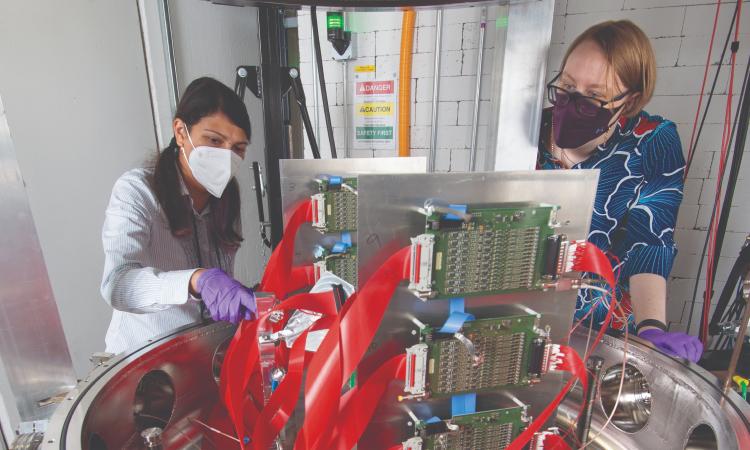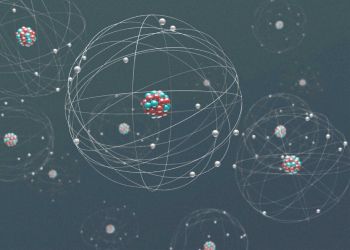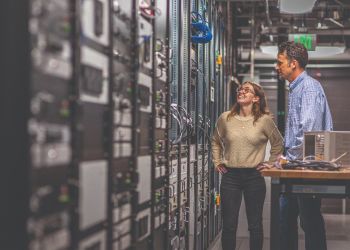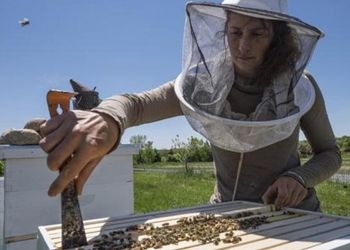The Next Generation of Nuclear Physicists

The Next Generation of Nuclear Physicists
A product of decades of excellence in research and reinvention, the one-of-a-kind Facility for Rare Isotope Beams promises to unlock scientific discovery, serve humanity and propel nuclear physics at—and far beyond—Michigan State University.
September 26, 2022MSU claims a rich, six decade history educating the next generation of nuclear scientists. Beyond hosting the nation’s premier graduate program in nuclear physics for the last 13 years, one in four U.S. nuclear physics graduate students received part of their training at the National Superconducting Cyclotron Laboratory, the precursor to the Facility for Rare Isotope Beams (FRIB) at MSU.
With the $730 million, world-leading scientific user facility now in operation, FRIB leaders plan to build on this foundation to expand and diversify the nation’s nuclear physics ranks and meet rapidly growing demand for innovative minds in areas such as clean energy and national security.
In 2017, MSU launched the nation’s first Accelerator Science and Engineering Traineeship (ASET) program, a U.S. Department of Energy-funded program to address a workforce shortage in nuclear and accelerator science. Last year, four ASET students earned their doctorates and Accelerator Science and Engineering Certificates while 21 additional students are currently enrolled in the program.
In addition to enlivening the ASET program, FRIB will also provide integrated research and academic opportunities from world-class experts, including unique courses covering topics such as nuclear structure and reactions, nuclear astrophysics and radiation detectors.
“The best way to proceed with science is to put it in an environment where students can grow with it,” former NSCL Director Konrad Gelbke said. “Science works best and moves forward when young minds are challenging convention and breaking new ground, and that’s what the next generation of visionaries and creative minds will be empowered to do at FRIB.”



